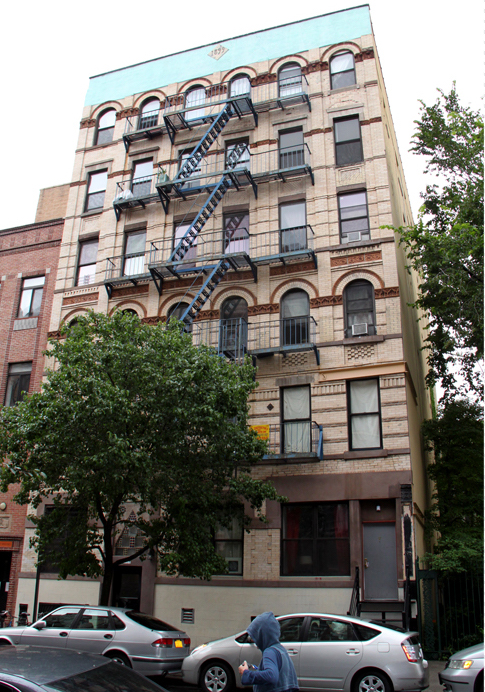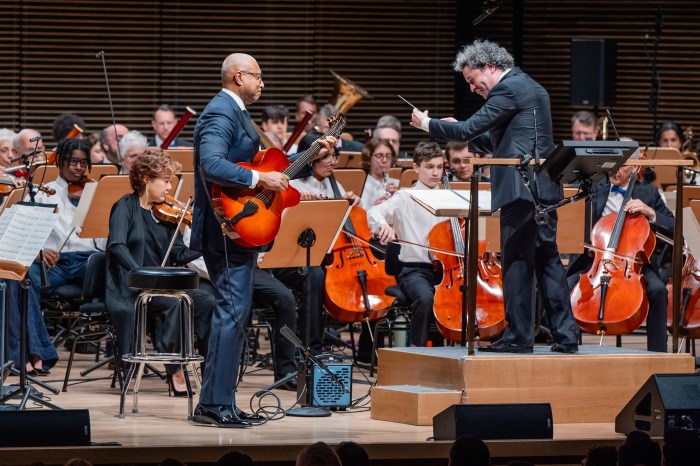BY ALEJANDRA O’CONNELL-DOMENECH | Now there is a way to explore thousands of Downtown buildings online.
Earlier this year, the Greenwich Village Society of Historical Preservation launched East Village Building Blocks, a series of “virtual tours” of more than 2,200 buildings. Visitors to the Web site can either search for a specific building or explore one of the themed “tours.”
All the buildings include historical information, like construction date and architect, along with photos. The comments sections are open, so that visitors can share anecdotes, impressions or history not mentioned in the descriptions.

“We hope that this is a living, breathing, continuingly growing tool,” said Harry Bubbins, G.V.S.H.P. East Village and special projects director.
The newest addition to the online tool went live last month. “Guided Tour: The Squats of the East Village,” which lists 11 squatter-occupied buildings that were given to the nonprofit Urban Homesteading Assistance Board for $1 apiece by the city in 2002. The squatters for years had fought with the city for rights to the homes they had invested money and time in restoring and maintaining.
Eventually, after the buildings were formally renovated and “brought up to code” — in terms of having regulation eletrical wiring and so forth — the former squatters, now redubbed homesteaders, were able to purchase their units at a very low cost.
The G.V.S.H.P. East Village Building Blocks entry on 209-211 E. Seventh St. includes a description of some of its squatter residents:
“The well-known squatter organizer and community electrician Michael Shenker lived here,” it notes. “After repeatedly connecting formerly abandoned newly squatted buildings to electricity via the street system, it is reported that Con Ed left a note in a manhole asking ‘Mr. Shenker’ to please stop it. The well known graphic artist Fly also lives here. One resident, a local yoga/Asana instructor, installed a Japanese-style soaking bathtub. The Lower East Side Ecology Center operates a compost drop off in the community garden next door.”
Bill Di Paola, the director of the Museum of Reclaimed Urban Space a.k.a. MoRUS, said the online tool is a valuable resource in showing this chapter in the struggle for urban sustainability.
“We hope that people will be empowered by grassroots movements, so that they can make their own positive, sustainable history,” he said.
The launch of the online tool coincided with the release of a report, “A History of the East Village and Its Architecture,” by architectural historian Francis Morrone. Both the report and the virtual tour of East Village buildings are meant to draw attention to the rich architectural and cultural history of the neighborhood.
“We hope that it will enliven people to want to engage in preserving that history,” Bubbins said.
According to Bubbins, G.V.S.H.P. will start leading walking tours of the squatter buildings next fall.

















